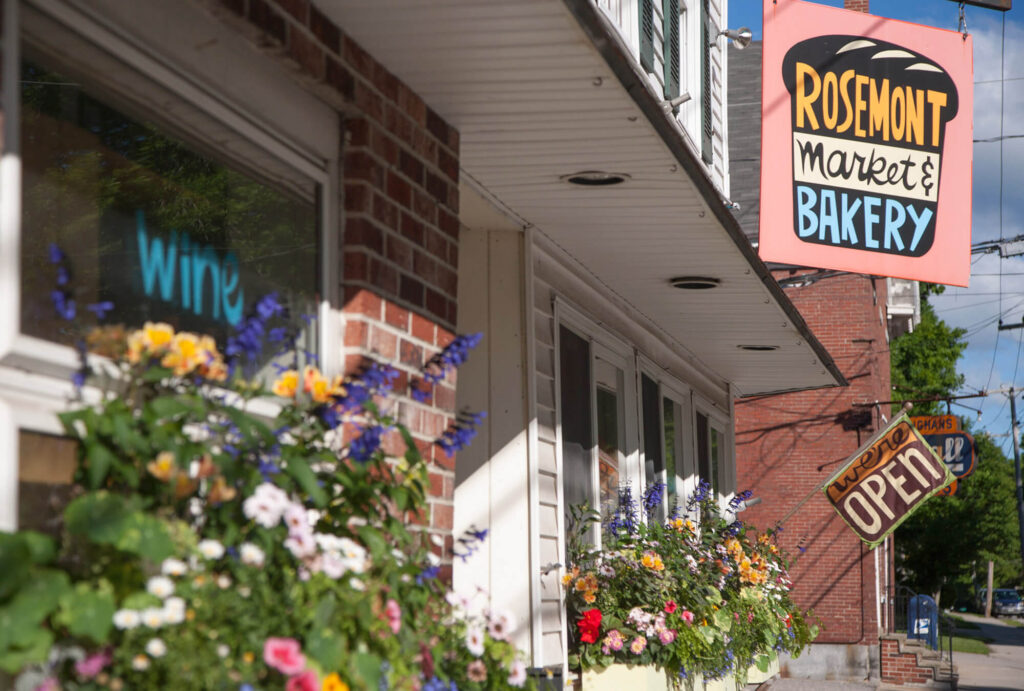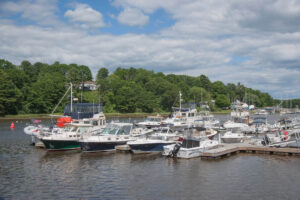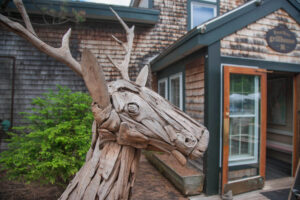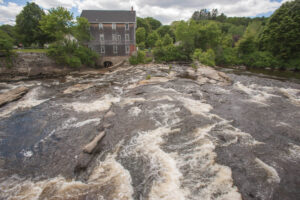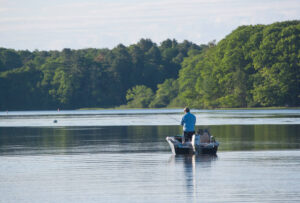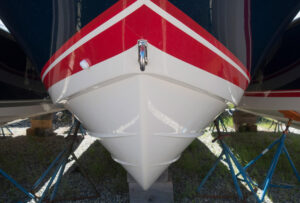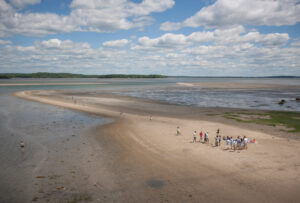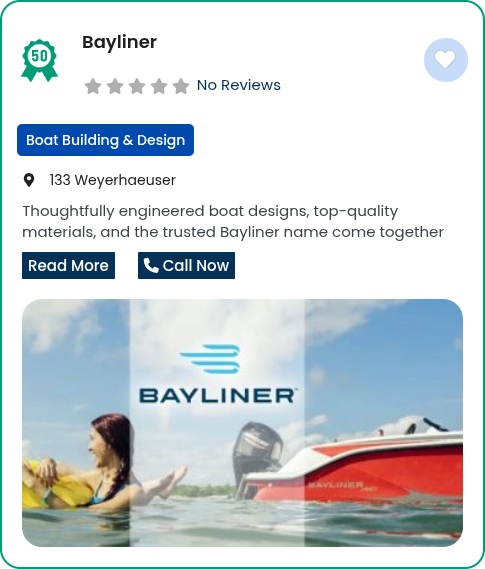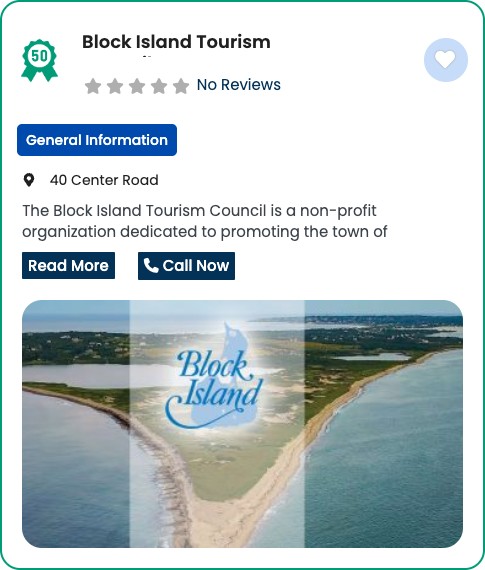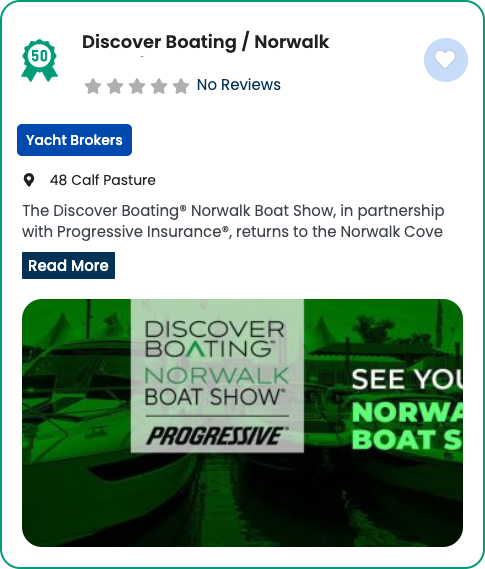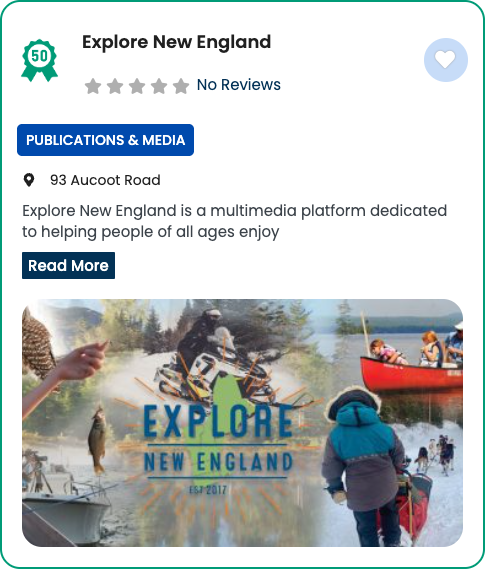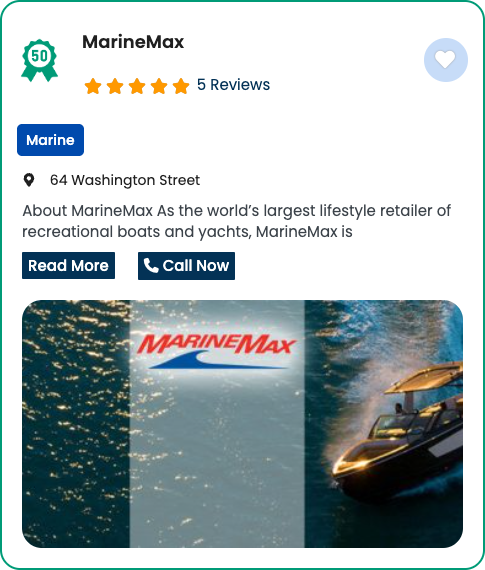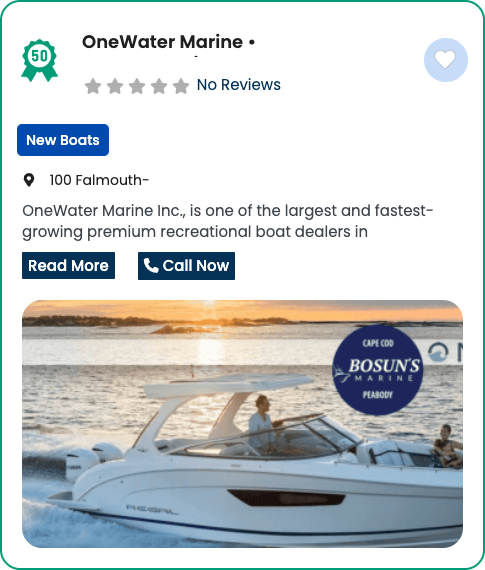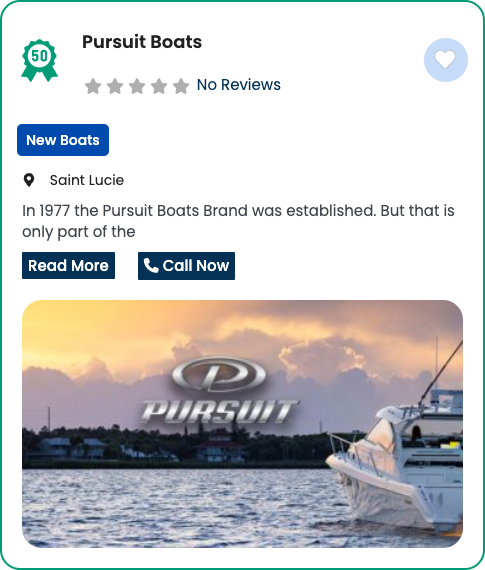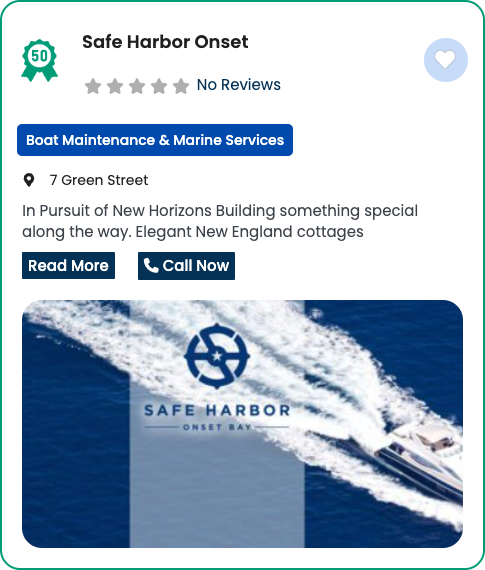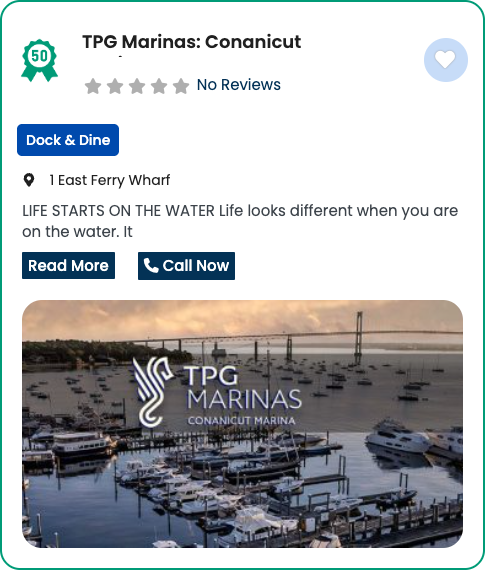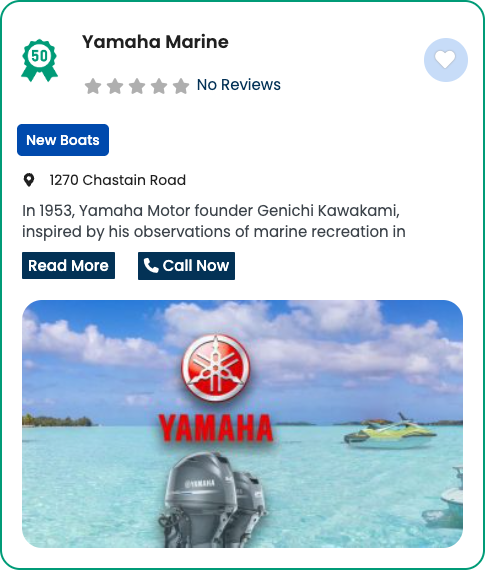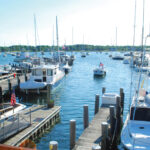
Stonington Story
June 3, 2024
Pursuit OS 325
June 5, 2024
Welcome to Yarmouth
Yarmouth is a pleasant mix of old and new, enjoyed primarily by locals. That’s a bonus for the visitors who do make the trip. It’s a place steeped in history with stunning natural beauty and a charming downtown.
YARMOUTH'S STORY
Many a tourist driving north along Maine’s Route 295 toward the shopping mecca of Freeport has caught a passing glimpse of Yarmouth’s Royal River and wondered, “Hmmm, what’s that scenic place all about?” Well, if they bothered to take the next exit, their answer would be about one minute away.
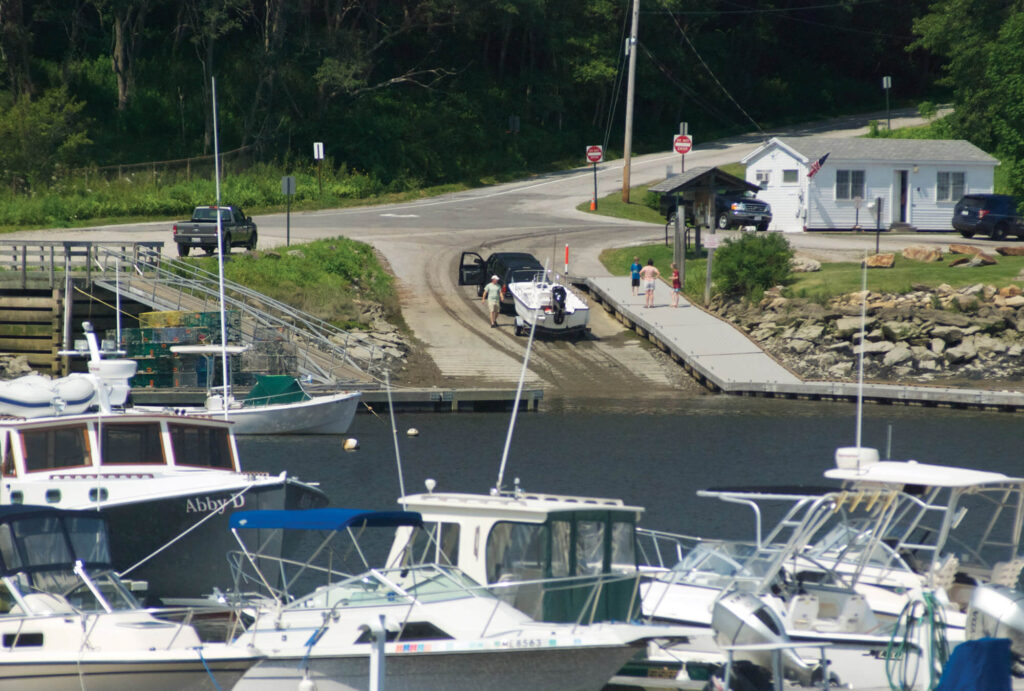
Trailer boaters enjoy easy access to the Royal River at the Yarmouth Town Landing, close to Rte. 295 and Rte. 1.
What they’ll find is a place steeped in history, much of it revolving around shipbuilding. In the mid-1800s, four major shipyards existed on the Royal River, building wooden vessels for various trades. When the local shipbuilding industry ended around the end of the 19th Century, Yarmouth became a much quieter place. And, many would argue, more lovely.
On the chart, the tidal portion of the Royal River appears to be a serpentine nightmare of shoals, buoys, and very thin-spread water, all leading to a tiny basin of unknown depth. In truth, though, the buoys installed by the U.S. Coast Guard are numerous and frequent, while the town itself adds more markers to help mariners stay out of trouble. As one old wag put it: “It’s like following a picket fence.”
In 2015 the main channel and turning basin at the head of navigation was dredged, expanded, and deepened, much to the relief of natives and visitors alike.
Birds, Fish, and Architecture
Regardless of the water depth, a trip up the Royal on a flood tide has always been worthwhile. Once beyond the river’s mouth at Parker Point, any choppiness disappears, and the calm waters allow for some prime nature gazing, starting with the osprey and blue herons that always seem to be present as the rising waters move generally northwesterly. And yes, those predatory birds mean the fishing can be pretty good for anglers too, with striped bass being the featured prize. The unmarked channels around Little Moshier Island are known to produce good numbers of fish.
Back on the river proper, the estuary’s natural beauty starts to combine with some attractive manmade structures as you near the head of navigation. Handsome houses with stunning gardens that run right down to the shore look as if they are contending for someone’s seal of approval. Happily, most are widely spaced, and the feeling of a suburbanized coast does not come to mind.
That feeling ends, however, when a newcomer reaches the turning basin. The scene remains bucolic with one glaring exception: Interstate 295. In 1961, some misguided highway planner decided to put the Interstate extension precisely at the head of the harbor, perhaps under the theory that drivers hurtling by at 65-plus miles per hour would be delighted with a glimpse of the jewel in Yarmouth’s crown. But the road’s noise haunts the moored boats, sometimes right through the night if the wind is just wrong.
Downtown Attractions
Still, the sight and sounds of the highway can be blocked to a large degree by getting a slip at one of three marinas in the turning basin. It should be noted that Yarmouth’s downtown shops and parks are not directly on the harbor. However, the mile-or-so walk or bike ride into town is an absolute delight once you get up the hill from the Interstate. In fact, those big, shady trees lining the street to the town center are another source of pride for Yarmouthites. As if to emphasize Yarmouth’s commitment to sylvan superiority, a town tree warden has been on duty—without pay—for nearly half a century, making sure the elms, beeches, oaks, maples, and exotic ornamentals are well taken care of.
The local architecture is also of interest, especially the homes built by the entrepreneurs who made Yarmouth grow in its earliest years. First settled in the late 1600s, Yarmouth slowly built a reputation as a shipbuilding juggernaut. Hitting full stride by 1790, the next 100 years saw more than 300 ships—among them brigs, barques, and schooners—launched from the shores of the Royal and nearby Cousins rivers. For a town whose early population never strayed above 2,500, it was impressive output.
The arrival of the Interstate was the next big event in the town’s history, doubling the population in less than 10 years and nearly doubling it again over the next 25. The upshot was that sardine canneries turned into restaurants while offices and sail lofts became studios and retail outlets, and the town prospered.
Today, Yarmouth is a pleasant mix of old and new, enjoyed primarily by locals. That’s a bonus for the few visitors who take the time to make the trip, because they usually get the “royal” treatment from start to finish, complete with a lovely “picket fence” to follow.
YARMOUTH GALLERY
Written by Ken Textor
Ken has ranged the Maine coast by land and sea since the late 1970s. His writing has appeared in WoodenBoat, Cruising World, SAIL, Offshore, Northeast Boating, Points East, Sailing, Yachting, and more. You can find his books on Amazon.
Photographed by Joe Devenney
Joe has many regional and national magazines magazine credits. His images can be found on Getty Images. Joe along with his wife Mary are accomplished potters. Their work may be found at Devenney Pottery on Facebook.


